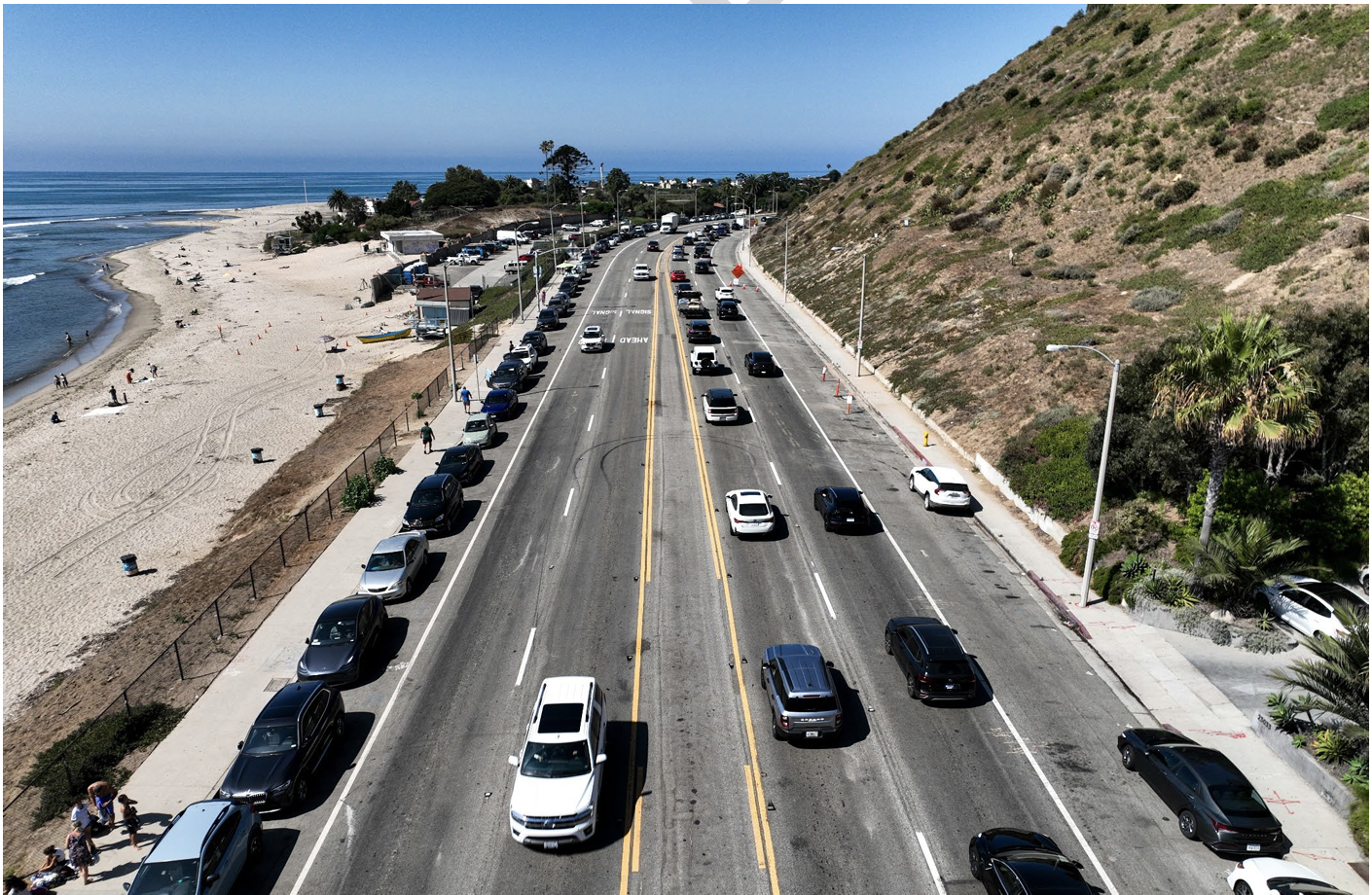Transportation Secretary Ray LaHood announced yesterday that 32,885 people lost their lives on our nation’s roads in 2010. While a staggering toll, this represents the lowest total number of traffic fatalities since 1949. "We're making historic progress when it comes to improving safety on our nation’s roadways," said LaHood in a statement, also pointing out that the decrease in deaths came even as Americans are driving more [PDF].
The traffic crash and fatality rates in this country are indeed at historic lows, especially given the staggering amount of driving Americans do on a yearly basis. In 2005, the most recent year to have shown an increase in highway fatalities, there were 14.7 traffic deaths for every 100,000 U.S. residents. In 2010, that number had fallen to 10.7 deaths, a difference of approximately 10,000 fewer fatalities annually. (USDOT measures the death rate not by population but by vehicle miles traveled, also showing a dramatic improvement, from 1.5 deaths per million VMT to 1.1 over the same period. Interestingly, while total VMT rose in 2010, per-capita driving declined.)
The news was grimmer for people outside of a car than for drivers and passengers. Improved motor vehicle safety features were likely a factor in the lower fatality rate, according to the Boston Herald, but those same features mean little to non-occupants. After several progressively safer years, 2010 saw a 4.2 percent increase in pedestrian deaths—to 4,280, a difference of 171 human lives—and a whopping increase of about 11,000 nonfatal injuries. Bicycle deaths decreased 1.6 percent, but bike injury rates didn't change at all. Clearly, safety gains for motorists have not extended to more vulnerable road users.
Furthermore, while it is certainly good news that traffic is claiming thousands fewer lives each year, 32,885 is a staggering number. It is roughly equivalent to 70 full jumbo jets crashing and leaving no survivors, or equal to the population of Juneau, AK or Dover, DE. There is enormous room for improvement: The fatality rate in the U.S. still pales beside leading countries like Japan (3.85 traffic deaths per 100,000) and Germany (4.5), which also happen to have much lower rates of driving than the U.S.
In an effort to further reduce the number of roadway deaths and injuries, National Highway Traffic Safety Administrator David Strickland announced at yesterday's press conference that his agency was introducing several new measures to track distracted driving. NHTSA introduced a new metric, to be included in future highway fatality reports, called “distraction-affected crashes.” This figure differs slightly from the current “distraction-related” category -- for example, "cell phone present in vehicle" will no longer count under the new metric, while "dialing a cell phone" will.
NHTSA will also initiate a two-year naturalistic study of driver behavior to clarify the relationship between distracted driving and road injuries, fitting 2,000 cars with cameras and other equipment. Ideally, the results of that study will be able to draw a straight line between driver behavior and non-occupant injuries.
The NHTSA could take many more steps to better understand what is causing the decline in traffic deaths and determine how to make the U.S. a global leader in street safety. Fewer Americans are dying on the roads than 20 or even 10 years ago, and that could be a reflection of any number of factors: improvements in emergency care, car safety features, road design, driver behavior, or changes in the amount Americans drive. We can't allow ourselves to become complacent in the face of 32,885 deaths that might have been prevented.







